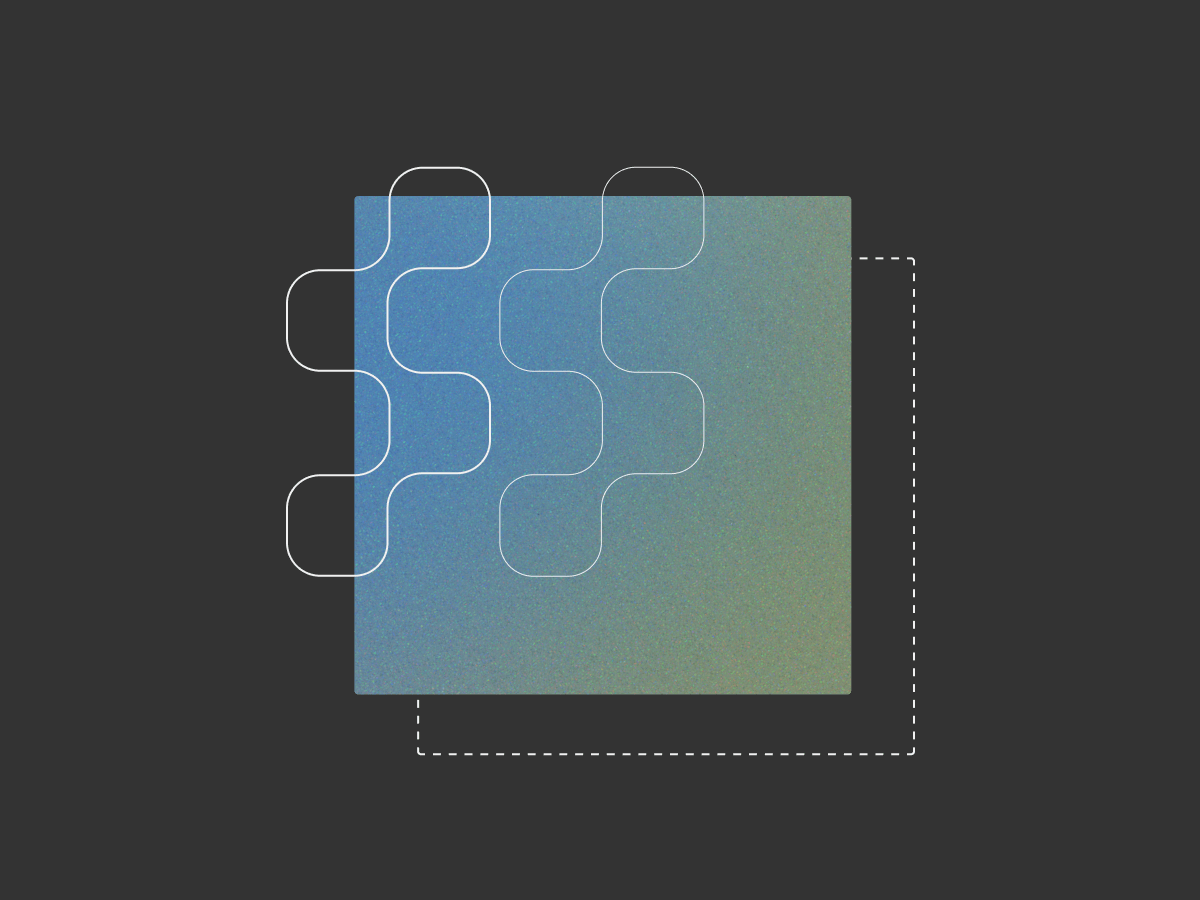Email spoofing remains one of the most pervasive and damaging cyber threats facing organizations today. By forging a sender's address, attackers can impersonate trusted colleagues, executives, or brands to trick recipients into wiring funds, sharing credentials, or downloading malware. The financial toll is significant, with the FBI reporting that phishing, spoofing, and extortion cost consumers billions of dollars annually. As attackers adopt AI to craft more convincing messages, traditional defenses are struggling to keep up. This article will guide you through the proven cloud security tactics, from foundational protocols to advanced strategies, that you can implement to stop email spoofing fast and protect your organization.
Understanding the Threat: What is Email Spoofing?
At its core, email spoofing is a technique where an attacker falsifies the "From" field of an email to make it appear as though it came from someone else. Think of it like a counterfeiter putting a legitimate return address on a malicious package. The goal is to leverage the recipient's trust in the supposed sender to achieve a malicious objective.
These attacks often serve as the entry point for more significant security incidents, most notably Business Email Compromise (BEC). In a BEC attack, a threat actor might impersonate a CEO or CFO to request an urgent wire transfer or an updated list of employee payroll information. The increasing use of AI and even deepfake technology means these fraudulent messages are becoming nearly indistinguishable from legitimate communications, making manual detection harder than ever.
The First Line of Defense: Foundational Email Authentication
Before you can tackle advanced threats, you must have the fundamentals in place. For email security, this means implementing the three core authentication protocols: SPF, DKIM, and DMARC. These work together to verify that an email is truly from the domain it claims to be from.
SPF (Sender Policy Framework)
Sender Policy Framework (SPF) is an email authentication standard that allows you to specify which mail servers are authorized to send email on behalf of your domain.
- How it works: You publish a list of authorized IP addresses in a DNS TXT record. When an inbound mail server receives an email, it checks the SPF record of the sending domain to see if the source IP is on the approved list.
- Analogy: SPF is like a bouncer at a club with a strict guest list. If the sending server's IP address isn't on the list for that domain, it's not getting in.
DKIM (DomainKeys Identified Mail)
DomainKeys Identified Mail (DKIM) provides a way to verify that an email's content has not been tampered with in transit. It acts as a digital signature for your messages.
- How it works: DKIM attaches a unique, encrypted signature to the header of every outgoing email. The receiving server uses a public key, which you publish in your DNS, to verify this signature. A successful verification proves the email is authentic and its content hasn't been altered.
- Analogy: DKIM is like a tamper-proof seal on a medicine bottle. If the seal is intact, you can trust that the contents are what the label says they are.
DMARC (Domain-based Message Authentication, Reporting, and Conformance)
Domain-based Message Authentication, Reporting, and Conformance (DMARC) is the policy layer that ties SPF and DKIM together. It tells receiving mail servers what to do with emails that fail SPF or DKIM checks and provides valuable reporting back to you.
- How it works: A DMARC policy, also published in your DNS, instructs servers on how to handle unauthenticated mail. You can set it to monitor (p=none), quarantine (p=quarantine), or reject (p=reject) these messages. The reporting feature gives you visibility into who is sending email from your domain, helping you identify both legitimate services and malicious actors.
- Analogy: DMARC is the security manager who reviews reports from the bouncer (SPF) and the package inspector (DKIM). Based on their findings, the manager decides whether to let the message through, send it to a holding area for review, or block it at the door.
Beyond the Basics: Advanced Tactics for Modern Threats
While SPF, DKIM, and DMARC are essential, they are not a silver bullet. Determined attackers can still find ways to bypass these controls. A robust defense requires a multi-layered strategy that combines technology with human intelligence.
Bolstering Your Human Firewall
Your employees are your last line of defense, but they need the right training to be effective. Security awareness training is critical for teaching users how to spot and report suspicious emails.
Key red flags to train users on include:
- Mismatched Sender Address: The most reliable sign of a spoofed email is a mismatch between the display name and the actual email address, or an address from a public domain (@gmail.com) instead of a corporate one.
- Urgent or Threatening Language: Attackers often create a false sense of urgency to pressure people into acting without thinking.
- Unusual Requests: Be wary of unexpected requests for wire transfers, gift cards, or sensitive data.
- Suspicious Links and Attachments: Hover over links to see the true destination URL and never open attachments from unknown or unexpected senders.
Regular phishing simulations are an excellent way to test and reinforce this training, giving employees hands-on practice in a safe environment.
Leveraging AI-Powered Detection
Since attackers are using AI to enhance their campaigns, your defenses must use it too. Modern, AI-powered security tools can analyze subtle cues that legacy systems miss, such as communication patterns, language sentiment, and the context of a request. They can identify anomalies that indicate a likely BEC or impersonation attack, even if the email passes basic authentication checks.
Implementing a Zero Trust Model for Email
The principle of Zero Trust—"never trust, always verify"—is well suited for email security. Instead of implicitly trusting an email that lands in an inbox, a Zero Trust approach applies continuous scrutiny. This means implementing additional safeguards for high-risk actions. For example, you can automatically apply security policies that require an extra verification step before a user can act on a sensitive email, such as one containing payment instructions or asking for credentials.
How to Check for Spoofing Manually
While automated systems are crucial, knowing how to inspect a suspicious email yourself is a valuable skill. You can do this by looking at the email's headers, which contain a detailed log of the message's journey.
To find the headers, look for an option like "Show original" or "View message source" in your email client. Inside the headers, look for a section called Authentication-Results. This will show you the pass or fail status for SPF, DKIM, and DMARC. If you see a fail for any of these, it's a major red flag. For easier analysis, you can copy the full headers and paste them into a free tool like MxToolbox.
The Material Security Approach: Integrated Cloud Email Security
Traditional email security often relies on a Secure Email Gateway (SEG) that sits in front of the mail server, filtering messages before they arrive. However, this model struggles with modern, cloud-native threats that originate from within or bypass the gateway entirely. Managing a fragmented stack of point solutions for post-delivery detection, data loss prevention, and identity protection creates complexity and security gaps.
Material Security protects your cloud office suite from the inside out. By integrating directly with Microsoft 365 and Google Workspace APIs, the platform provides a unified defense that combines advanced email security with data protection, identity threat detection, and posture management.
This integrated approach allows you to:
- Stop Sophisticated Attacks: Detect advanced threats like BEC and vendor impersonation that legacy gateways miss by analyzing context and behavior directly within your cloud environment.
- Automate Remediation: Automatically lock down compromised accounts, redact sensitive data from malicious messages, and require multi-factor authentication for risky actions without disrupting user productivity.
- Simplify Your Security Stack: Consolidate multiple security functions into a single, cohesive platform designed for the realities of cloud collaboration.
Take Control of Your Email Security
Stopping email spoofing requires a modern, multi-layered defense. By combining foundational authentication protocols like DMARC with robust user training and an integrated, AI-powered security platform, you can effectively protect your organization from even the most sophisticated attacks. Don't wait for a costly incident to reveal the gaps in your defenses.
Ready to see how an integrated approach can stop email spoofing and other advanced threats in your cloud environment? Learn more about the Material Security platform.




.png)